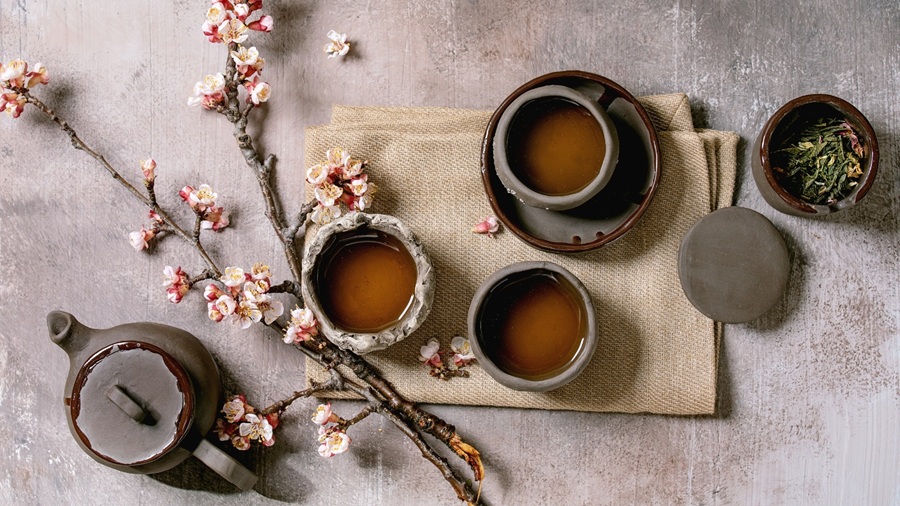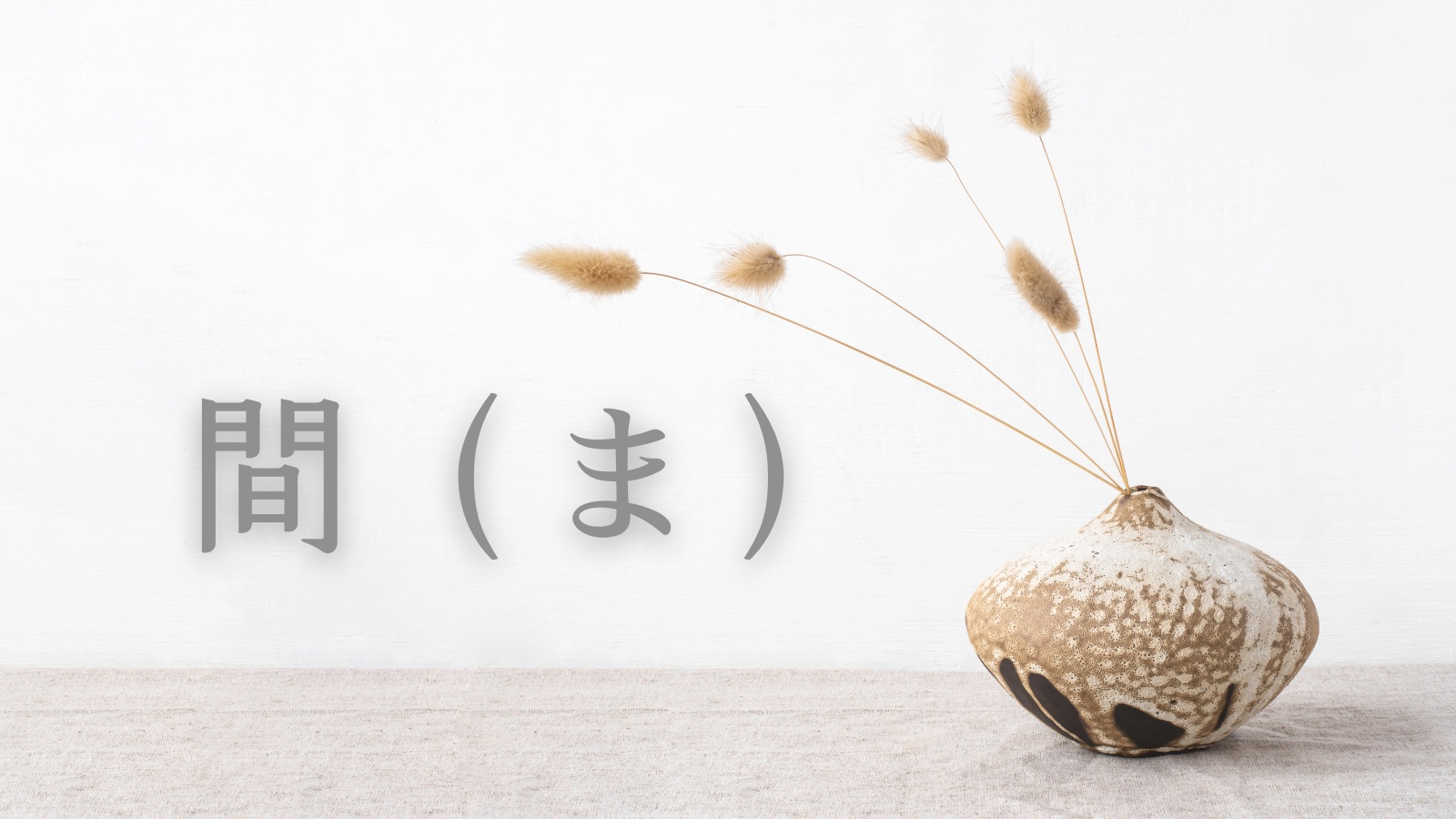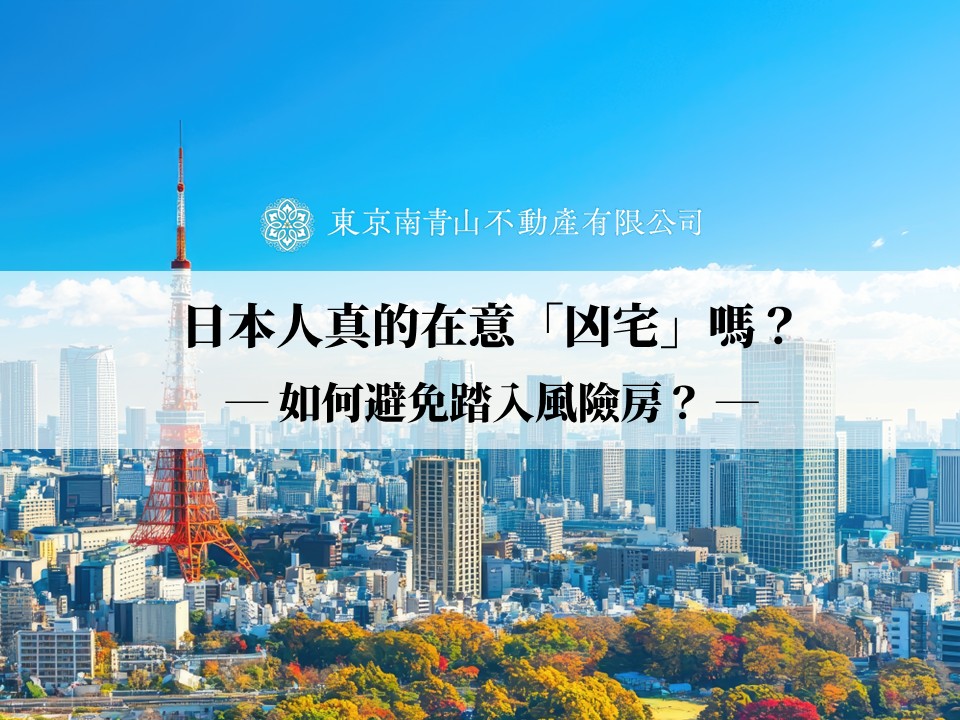In the backstreets of Tokyo, you’ll often come across a certain kind of space — around 10 square meters, designed for solo living, with minimal decoration and often lacking storage or furniture.
At first glance, it may seem like a compromise made under practical constraints. But in reality, this minimalist style reflects a deep-rooted aesthetic philosophy in Japanese life — Wabi-Sabi.
Wabi-Sabi is a lifestyle attitude rooted in intentional choice, a philosophy that leaves space for nature and emotion. This article explores the essence of Wabi-Sabi and why, in the eyes of modern Japanese people, “aging” can represent soul and story, becoming a cherished aesthetic value.
What Is Wabi-Sabi? Learning to Appreciate Imperfection in Japanese Philosophy

“Wabi” originally referred to the simple life of a hermit — quiet, solitary, yet self-sufficient and serene. “Sabi” stems from the appreciation of natural decay and the passage of time, such as falling autumn leaves or the patina on aged copper.
Interestingly, “Wabi-Sabi” was not a commonly used compound term in early Japanese literature. It emerged in modern times as a fusion of two related but distinct concepts, deeply influenced by Zen Buddhism and tea ceremony culture during the Muromachi period.
These two ideas gradually merged between 1336 and 1573, becoming central to Japanese aesthetics as Zen philosophy deepened.
• During the turbulent Sengoku period, Zen emphasized impermanence (mujō), encouraging people to find meaning in the fleeting and imperfect.
• Tea master Sen no Rikyū (1522–1591) elevated Wabi-Sabi to its peak, favoring rustic tea rooms, rough tea utensils, and asymmetrical arrangements — believing these elements helped people focus on the present and appreciate the profound beauty of simplicity and nature.
• By the Edo period (1603–1868), Wabi-Sabi had further permeated literary culture, such as in the haiku of Matsuo Bashō, which captured the transient beauty of nature and time in just a few lines.
From tea ceremonies and flower arrangements to garden design, Wabi-Sabi’s influence is everywhere — emphasizing that true beauty lies not in perfection, but in authenticity and natural expression.
Cracks, fading, and weathering are no longer flaws, but traces of time and life, valued for their presence and meaning.
Imperfection, impermanence, and asymmetry — these are the true essence of life.
Space for Stillness: Where Time and Emotion Can Flow

Beyond imperfection, Wabi-Sabi also emphasizes the importance of emptiness and space. In Japanese architecture and interior design, there’s a common concept called “Ma” (間) — the intentional gaps between objects. This design philosophy isn’t about saving space, but about creating a sense of breathing room in daily life.
“Ma” refers not only to the physical space between objects, but also to pauses in time and the rhythm of human interaction. For example, in the tea ceremony, the silence between host and guest is an embodiment of “Ma,” allowing participants to feel the atmosphere and reflect inwardly. In Noh theater, the pauses between movements and lines create emotional tension. This kind of spatial design allows light, seasonal changes, and human perception to flow freely through time and space — forming the core of Wabi-Sabi’s sensory philosophy.
Even in small Tokyo apartments, people can still feel the subtle changes of light filtering through paper doors, the shift in humidity with the seasons, and the warmth of wooden furniture under their palms. These delicate details are exactly what Wabi-Sabi seeks to highlight.
Many contemporary Japanese designers, such as Kengo Kuma and Kenya Hara, continue this spirit in architecture and product design — emphasizing natural materials, light and shadow, and a low-material presence to create spaces that soothe both body and mind.
More Than a Style — It’s a Way of Life
Wabi-Sabi isn’t limited to traditional architecture — it has also permeated the lives of young people in modern Tokyo.
In recent years, the minimalist lifestyle trend has grown, with more Japanese choosing to live by the principle of “less is more” — discarding excess and keeping only the furniture and essentials that bring peace of mind. This isn’t compromise; it’s a conscious reorganization of space and life, a return to the inner self.
This value system has influenced many contemporary designers. For example, Naoto Fukasawa’s concept of “design without thought” uses simple lines and textures in everyday objects to evoke Wabi-Sabi’s sensory awareness. Architect Tadao Ando uses exposed concrete and light interplay to create modern spaces infused with Wabi-Sabi spirit.
These designs have extended Wabi-Sabi’s philosophy globally, inspiring minimalist movements in the West and prompting people to rethink their relationship with material and lifestyle. Wabi-Sabi is a wisdom that transcends materialism — a way to rediscover our sensitivity to time, nature, and self through everyday details.
Conclusion: Living Simply Is a Rich Choice
When we ask, “Why do Japanese people live in such small spaces?” — perhaps we should ask instead: Do we really need that much?
For many Japanese, small homes are not just an economic reality, but a cultural choice. They trade “size” for inner spaciousness, and “less” for heightened sensitivity. They believe that true richness doesn’t come from possession, but from the ability to coexist peacefully with time, nature, and oneself.
In this age of information and material overload, Wabi-Sabi may offer a different answer:
Not to fill every space, but to leave room;
Not to chase ownership, but to quietly feel.











